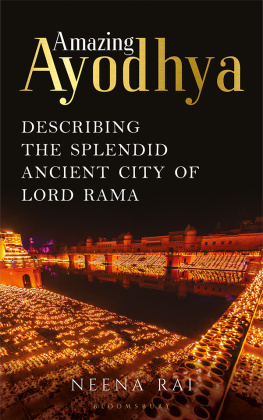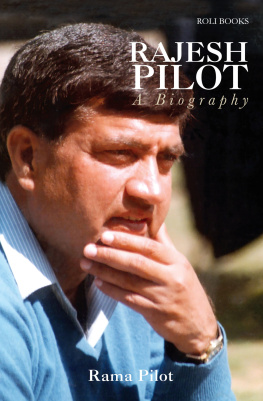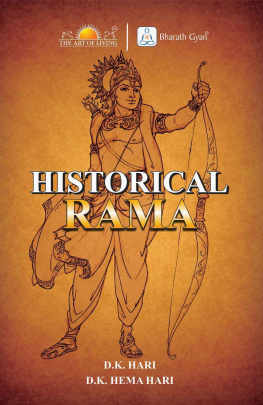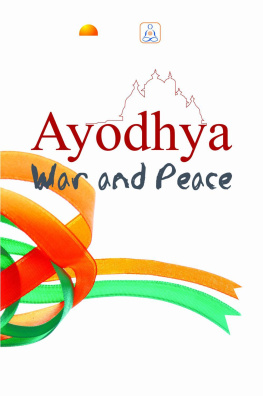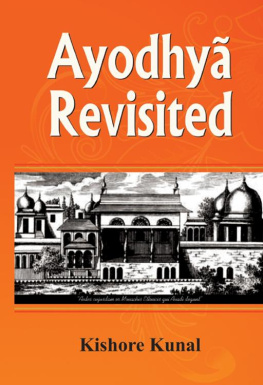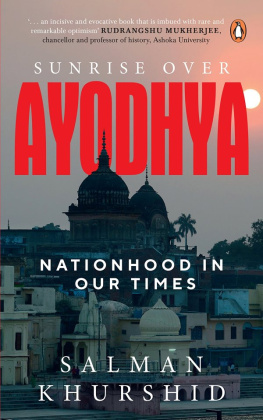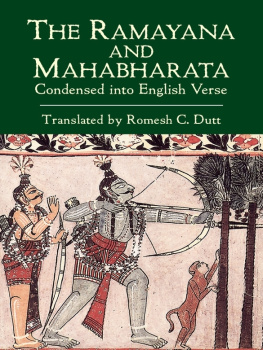
AMAZING AYODHYA
AMAZING AYODHYA
The Splendid Ancient City of Lord Rama
Neena Rai

BLOOMSBURY INDIA
Bloomsbury Publishing India Pvt. Ltd
Second Floor, LSC Building No. 4, DDA Complex, Pocket C 6 & 7,
Vasant Kunj, New Delhi 110070
BLOOMSBURY, BLOOMSBURY INDIA and the Diana logo are trademarks of Bloomsbury Publishing Plc
First published in India 2021
This edition published 2021
Copyright Neena Rai, 2021
Illustrations Neena Rai, 2021
Neena Rai has asserted her right under the Indian Copyright Act to be identified as the author of this work
All rights reserved. No part of this publication may be reproduced or transmitted in any form or by any means, electronic or mechanical, including photocopying, recording or any information storage or retrieval system, without the prior permission in writing from the publishers
This book is solely the responsibility of the author and the publisher has had no role in the creation of the content and does not have responsibility for anything defamatory or libellous or objectionable
Bloomsbury Publishing Plc does not have any control over, or responsibility for, any third-party websites referred to or in this book. All internet addresses given in this book were correct at the time of going to press. The author and publisher regret any inconvenience caused if addresses have changed or sites have ceased to exist, but can accept no responsibility for any such changes
ISBN: PB: 978-93-90358-87-8; e-Book: 978-93-90358-03-8
2 4 6 8 10 9 7 5 3 1
Created by Manipal Digital Systems
To find out more about our authors and books, visit www.bloomsbury.com and sign up for our newsletters
CONTENTS
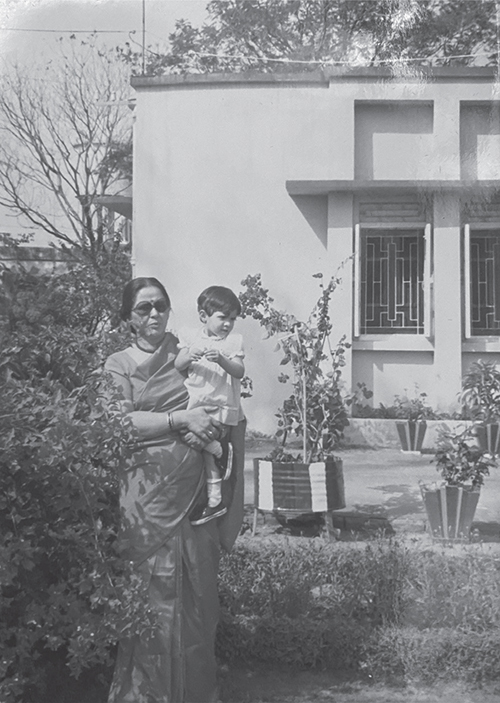
My maternal grandmother and I
To my naani (maternal grandmother), Maitreyi Rai, granddaughter of the famous zamindar, Hari Narayan Singh. Named after thelegendaryfemale Hindu philosopher and composer of the Vedas, Maitreyi, true to her name, not only quenches my thirst for spiritual and scriptural knowledge but also fuels it by continuously discussing various interesting facets of dharmictreatises.

May the glory of Shri Rama and his consort, Devi Sita, forever be recited.
May all devotees rejoice in the freeing of the birthplace of Rama Lalla.
May Ayodhya return to its former splendour.
In order to understand the avatars we worship, it is often important to understand how the life and times were in their yuga. For that purpose, AmazingAyodhya is an attempt in gaining knowledge of Ayodhya. It is a book aimed at shedding light on its design, its architecture and other details in order to understand the life and times of the Ramayanic Era. It is an attempt to describe the splendour of Ayodhya in as many details as possible.
Amazing Ayodhya has been compiled after many years of my research on Hindu scriptures. The researched scriptures were not only limited to the Ramayana but also extended to other ancient Hindu works like Shilpa Shastra (treatise on art, craft and sculpture), Vastu Shastra (treatise on town planning and house making), Ayurveda (science of extending life), Bhagavad Gita (the song of God) and Puranas, etc. In order to read and research the Ramayana and to describe its amazing details, I started learning Sanskrit in 2016. Fast forward to 2020, I am still learning Sanskrit and reading the scriptures.
To appropriately present the content of this researched book, I have supplemented the matter with images of shlokas from the Valmiki Ramayana along with their translations.
Apart from images and translations, further descriptions are given so that the reader is able to comprehend what is being discussed. In many parts of this book, I have discussed the meaning of words in Sanskrit and how certain explanations of shlokas have been arrived at. This is specifically done for shlokas containing certain words whose meanings may vary due to their translation. This particular manner of crafting a book is done on purpose, so that a person reading this book will not only have access to the minute details of ancient Ayodhya in English but also the Sanskrit verses and words that describe those details. This process will enable the reader to not only understand the content and verify its source but also increase their knowledge of Sanskrit vocabulary.
The language used in writing this book is kept simple and basic so that curious-minded children can easily read this book. The book also contains various images to illustrate the meaning of the terms that are being discussed so that a young reader is able to grasp the content fully.
As far as possible, I have given credit to all the images used in the book. Images are mostly from copyright-free sources with the exception of a few. The books and articles I have referred to are listed in the Bibliography section at the end of this book.
Progress on the spiritual path and acquiring deep yogic knowledge came easy to me when I lived in India. Thanks to the influence and sanskaar of my family, growing up, I was surrounded by learned pundits, yoga teachers and gurus from whom I imbibed knowledge and guidance. Sanskaar loosely translates to good virtues, values and ethical conduct.
I was 18 when I first moved abroad and after that I lived on and off in India and various other countries. In the years I lived abroad as non-resident Indian (NRI), I felt dharmic guidance disappear, and gradually I slipped into a vacuum of spiritual knowledge. To fill that vacuum, I resorted to gaining knowledge from books. Since I was more comfortable in English, I studied various esoteric yogic books in the same language. One summer, while visiting India, I had a conversation with my naani (maternal grandmother) about a certain evolved yogic practice called Nada Yoga. Every time I mentioned the word Nada, she would politely enunciate naa-da. Even after hearing my grandmother a few times, I kept repeating the mistake as I was more excited about sharing my experience. After a while, my mother who was a witness to this discussion, noticed that I was not registering what was being told so she intervened and said, Naani is telling you that your pronunciation is wrong. You are pronouncing the word naa-da as Naa-Daa. That is wrong.
I felt a bit cheated on hearing my mothers words. Cheated, because I pronounced it the way I was supposed to pronounce in English. Since my naani knew much more than I, there was no doubt in my mind that my pronunciation was wrong. Considering that I was only exposed to these Sanskrit terms in English and not in Sanskrit or Hindi, my pronunciation suffered. At that point, I felt miffed with the book. I felt that while it gave me correct knowledge, why did it deprive me of correct pronunciation?
This incident made me realise that I needed to relearn Sanskrit and that is exactly what I did once I moved back to India. So that no young, curious mind feels deprived of the correct pronunciations, for this book I have given, to the best of my knowledge, the Sanskrit shlokas and their transliterations in ITRANS format. While I am no expert at transliteration, I felt that I would be doing injustice to the readers if I did not transliterate. A transliteration map and an index of transliterated words, which are commonly used in this book, are also given.
Next page
